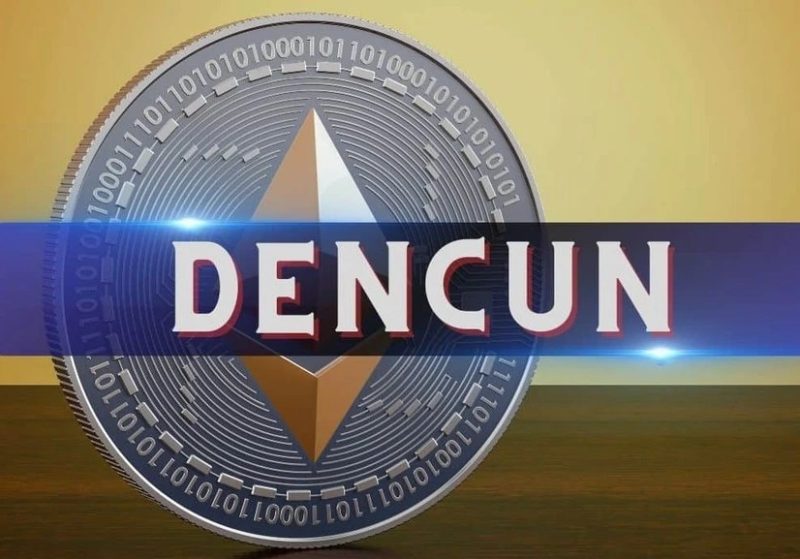Ethereum’s Dencun upgrade, implemented in March, has significantly improved the economics of Ethereum rollups but has also led to an increase in transaction failures across layer-2 networks, according to research from Galaxy.
In an analysis published on August 21, titled “150 Days After Dencun,” Galaxy Research delved into the effects of the Dencun upgrade, particularly following the activation of EIP-4844. The upgrade, which introduced data blobs (proto-danksharding) to optimize temporary data storage for rollups, has caused a substantial increase in average daily transaction activity on Ethereum’s layer-2 networks. In the 150 days following the upgrade, transaction activity more than doubled to 6.65 million daily transactions.
However, this surge in activity has come at a cost. According to Christine Kim, a researcher at Galaxy, the increase in transactions has been accompanied by a notable rise in transaction failure rates. The failures appear to be primarily driven by bot activity, which has spiked due to the lower fees on layer-2 networks.
“The majority of the failed transactions stem from high-activity addresses, likely bots,” Kim noted in a post on X (formerly Twitter) on August 22. She added, “Low fees on L2s could be driving increased bot activity.”
Rising Failure Rates Across Layer-2 Networks
The research highlighted concerning failure rates across several major layer-2 networks:
- Base: Experienced a failure rate as high as 21%.
- Arbitrum: Saw failure rates reach up to 15.4%.
- OP Mainnet: Recorded failure rates up to 10.4%.
Bot-driven addresses, which typically attempt over 100 transactions per day, were particularly prone to failures. For instance, these high-activity addresses on Base had failure rates as high as 41.6%, while Arbitrum and OP Mainnet saw rates of 20.87% and 12.85%, respectively.
In contrast, lower-activity addresses—those making five or fewer transactions daily—experienced much lower failure rates, peaking at just 4% across the networks analyzed.
Broader Implications Beyond Ethereum
Ethereum layer-2 networks are not alone in grappling with high transaction failure rates. Research from Coinbase, released on August 13, revealed similar issues on Solana, where between 25% and 45% of non-vote transaction fees were spent on failed transactions. Like Ethereum’s L2s, Solana’s high transaction metrics are also suspected to be heavily influenced by bot activity.
Despite these concerns, some in the industry argue that bots play a crucial role in the ecosystem. Michael Nadeau, founder of DeFi Report, contended in a post on X on August 9 that bot activity should not be dismissed as mere spam. “Bots create liquidity and bring efficiency to markets … on public blockchains, they pay fees,” he stated.
The Dencun upgrade, through EIP-4844, introduced data blobs to alleviate the burden on Ethereum’s execution layer by providing temporary storage for rollup data. While this has led to increased network efficiency and reduced costs, the unintended consequence has been a rise in bot activity and, consequently, failed transactions.
